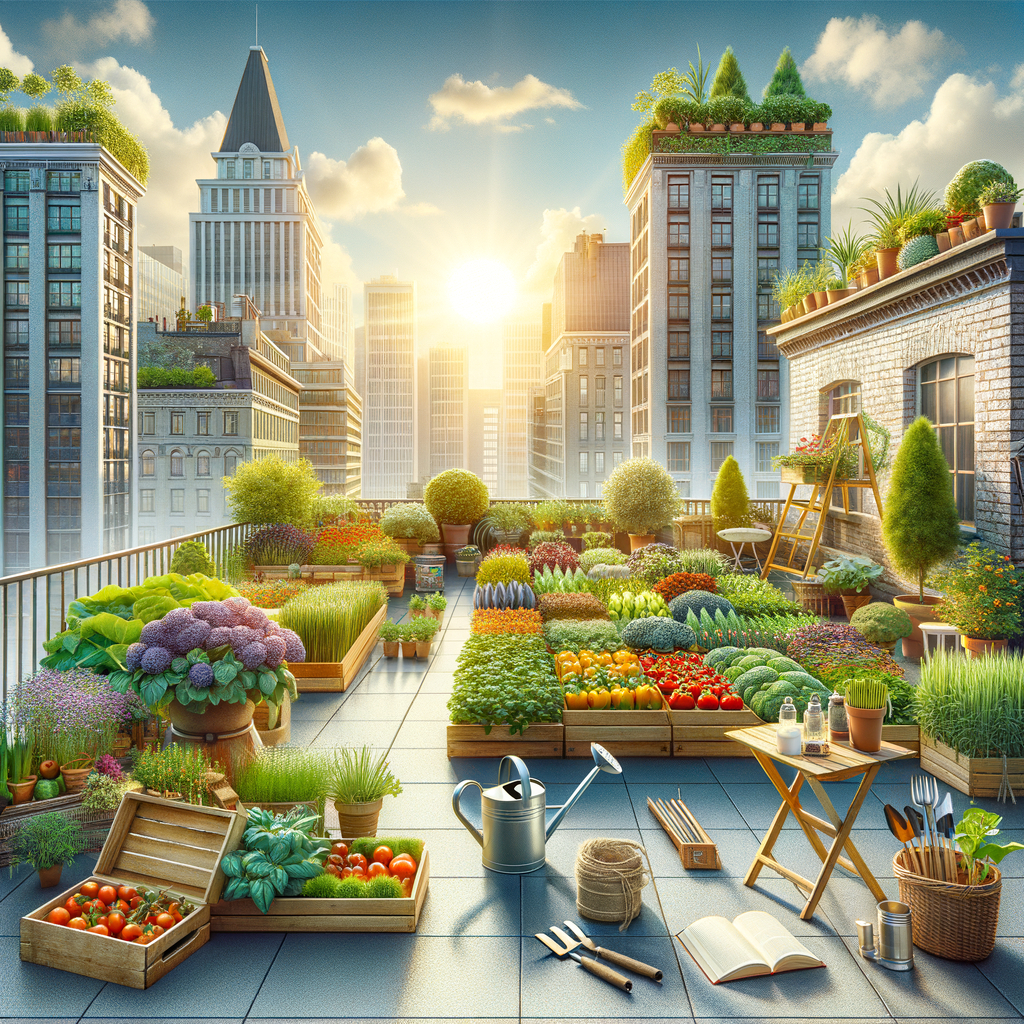Physical Address
304 North Cardinal St.
Dorchester Center, MA 02124
Physical Address
304 North Cardinal St.
Dorchester Center, MA 02124

Urban gardening is a sustainable and creative approach that transforms city spaces into green patches, providing fresh produce right at your doorstep. This article aims to introduce you to the basics of urban gardening, guiding you through its benefits, types, and essential tips for starting your own urban garden.
Urban gardening, also known as urban horticulture or urban agriculture, encompasses several methods of growing plants within an urban environment. Despite limited space and resources in cities, many people are turning towards this innovative solution to grow their own food and contribute to a greener environment.
Urban gardening offers numerous benefits beyond just fresh produce. It’s an excellent way to improve air quality by increasing the amount of oxygen in the atmosphere. It also helps reduce the heat island effect common in cities due to concrete structures. Moreover, it contributes significantly towards waste reduction by recycling kitchen scraps into compost and reduces food miles — the distance food travels from where it’s grown to where it’s consumed.
In the realm of urban horticulture, different types cater to various needs depending on available space and resources:
If you’re considering starting your own urban garden, here are some essential steps to guide you through the process:
The first step is to assess the available space. Whether it’s a balcony, rooftop, or small patio, knowing your space will help determine what kind of garden you can create.
You’ll need to choose plants that are suitable for your specific environment. Consider factors such as sunlight exposure, temperature range, and how much time you can dedicate to caring for them. Some easy-to-grow options for beginners include herbs like basil and mint, leafy greens like spinach and lettuce, and vegetables like tomatoes and peppers.
This includes containers, soil mixtures, seeds or seedlings, fertilisers (organic if possible), watering cans or hoses (depending on the size of your garden), gloves and other gardening tools.
A healthy soil is crucial for plant growth. Use high-quality potting mix enriched with compost or organic matter. This provides nutrients essential for plant health.
Follow the instructions on seed packets or plant labels regarding depth and spacing while planting. Water thoroughly after planting.
Maintenance involves regular watering, fertilising, pruning and monitoring for pests or diseases. Remember that the key to a successful urban garden is consistent care and attention.
Urban gardening is not only a rewarding hobby but also an excellent way to contribute towards a sustainable future. With little more than some basic knowledge and consistent effort, you can transform your city space into a green haven.